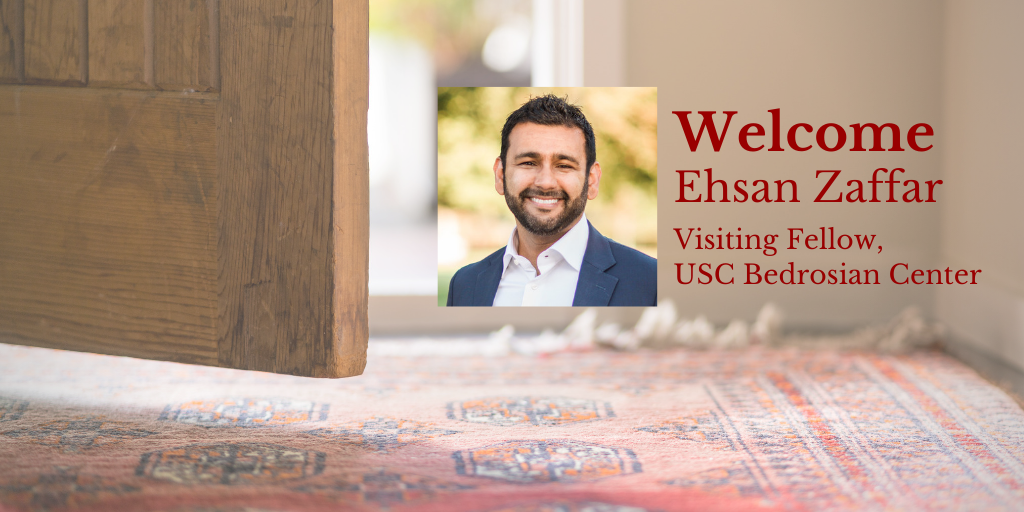How Extreme Wealth Spreads Disease and How the Rest Cope
Published by USC Bedrosian Center on
by Ehsan Zaffar
There is an argument that the pandemic is an equalizer. It does not care who is infected. This is true. But how different American populations respond to the virus uncovers the deep economic, class, and intersecting gender and racial inequalities in the United States.
How the 1% spread the Coronavirus
The remarkably wealthy are both able to avoid infection while at the same time spreading disease to sedentary, lower-income communities.
The generally affluent in New York are a good example. While most of the city followed the state-imposed “stay at home” order, those with means recently left the cramped city for expensive homes in the Hamptons or Florida. Angry social media posts by local residents in many of these idyllic retreat communities warned wealthy Manhattanites to stay away. They did not listen. Their exodus has instead spread the virus to Florida, Michigan and many other states even prompting the CDC to issue unprecedented guidelines for New Yorkers to stay put. These guidelines come too late. The only people left in NYC are those who are unwilling or unable to afford to travel.
This ability to leave red zones for less dense and presumably safer neighborhoods is one way those with means both avoid infection and also spread disease. Unsurprisingly as of March 29, lower-income and rural America has the highest per capita rate of infection … a stunning statistic given these are areas of much lower population density.
Meanwhile, these lower-income communities that were once dependent on tourist largesse now struggle to accommodate the increasing tide of the infected. In a recent New York Times article Mayor Joseph Mancini of Long Beach Township in New Jersey made a plea for those with shore houses to stay away because the city cannot provide any meaningful services for the sick:
“We all love the summer people. They drive our economy. But when they come down here now, the services aren’t geared up for them.”
Indeed, there are several indications that this is how the Coronavirus spread initially as well: wealthy international travelers who left China and then other infected countries spread the disease to the rest of the world.
How the rest cope
As some other writers have noted, a kind of pandemic caste system is developing in the U.S. One where the wealthy remain safe holed up in rural vacation properties straining local resources, while the middle class remains marooned at home, burdened by childcare responsibilities and increasingly unemployed – some risking exposure by working on the front lines of the economy because of duty, financial necessity or both.
These essential workers, many who work at grocery stores and gas stations, have children who are no longer going to school. It’s not like they are being paid an extra $2000 to $3000 to afford day care … and even if they were, daycare is increasingly difficult to find. So many are having to call in sick or leave children in far away locations with friends or family ill able to afford another mouth to feed.
We’ve been told to work online but not everyone can. The Federal Communications Commission notes that nearly 30 percent of Americans don’t even have a slow broadband connection. The cost to work from home is often borne by individual workers. I understand this personally because many of my students are low-income and cannot necessarily watch educational Youtube videos with the same ease as those with broadband connections. They certainly don’t have the bandwidth to log on to Zoom classes, which is a difficult feat even for someone as privileged as me.
We aren’t going to solve this nation’s deep inequality right now, or even immediately after the pandemic subsides. But how we respond right now will determine the future fabric of this country in ways not seen since the Great Depression. What those of us who are wealthy and well-connected can do right now is 1) act responsibly by sheltering in place and 2) be generous with our financial resources, expertise and time. Some already are – but imagine if everyone did so. What a different story we would have to tell our kids. And what a different world they would grow up in.



